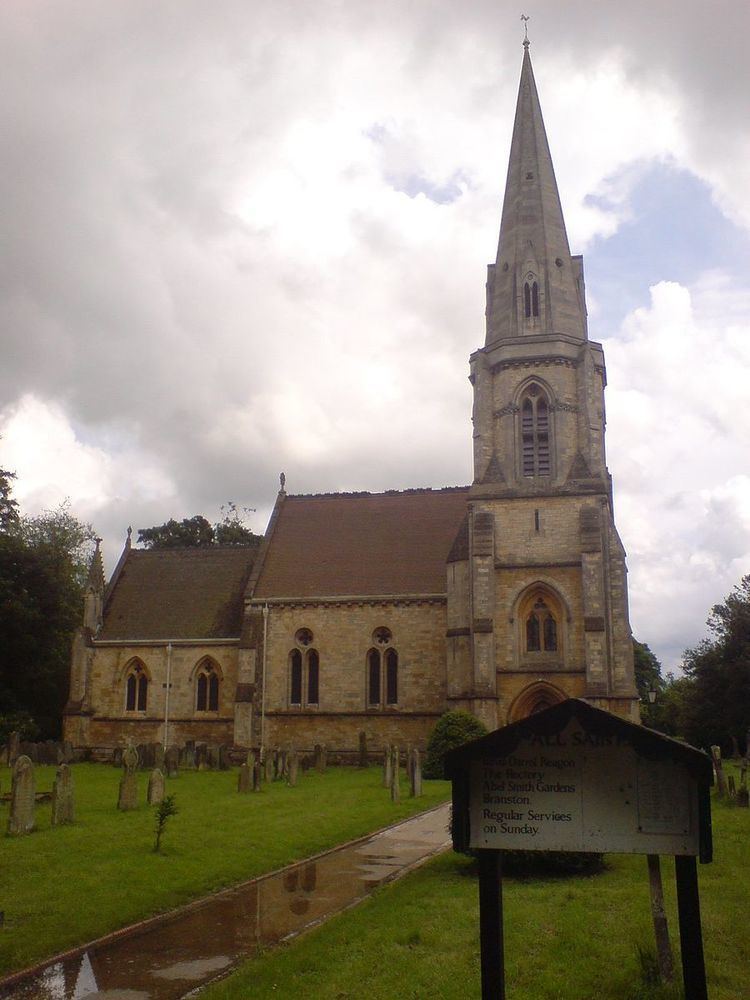Population 819 (2011) Sovereign state United Kingdom Local time Tuesday 11:08 PM | OS grid reference TF058642 Post town LINCOLN | |
 | ||
Weather 10°C, Wind SW at 16 km/h, 90% Humidity UK parliament constituency Sleaford and North Hykeham | ||
Urbex a visit to abandoned nocton hospital lincolnshire england main building july 2016
Nocton is a village and civil parish in the North Kesteven district of Lincolnshire, England. It is situated on the B1202 road, 7 miles (11 km) south-east from Lincoln city centre. The population of the civil parish at the 2011 census was 819. To the east of the village is Nocton Fen with its small settlement of Wasps Nest. At the south of the village are the remains of Nocton Hall, and 1 mile (2 km) to the east the earthwork remains of Nocton Park Priory.
Contents
- Urbex a visit to abandoned nocton hospital lincolnshire england main building july 2016
- Map of Nocton Lincoln UK
- Exploring abandoned nocton hall
- History
- Community
- References
Map of Nocton, Lincoln, UK
Exploring abandoned nocton hall
History
Historically Nocton fell within the Langoe Wapentake of Kesteven until the wapentakes were abolished by the Local Government Act of 1888.
In the first four decades of the 18th century, Sir Richard Ellys of Nocton formed a collection of books which eventually went to Blickling Hall in Norfolk by inheritance in the 1740s, though most of the books were kept in London. They form the core of the library of some 12,500 books now in the care of the National Trust.
Nocton Estates Light Railway was constructed in 1926 and used to transfer potatoes to the railhead at Dunston and sugar beet to a factory at Bardney. The light railway rolling stock and track were originally used to move munitions and troops to the front line in the First World War. The village shared the Nocton and Dunston railway station (GNR/GER Joint) until it was closed in 1955. Trains still run on the route from Lincoln to Sleaford but do not stop for goods or passengers at the old Nocton and Dunston station.
Community
On 28 May 2007 Nocton Village Trail was opened by Douglas Hogg MP. The trail is a guided history walk around the village with displays of village artwork on historical themes.
Within the village is All Saints Church, a village hall, post office and the historic Nocton Hall. A local by-law does not allow Nocton a public house however Nocton Club provides a traditional pub setting within the Village Hall; the nearest public house is the Red lion at Dunston less than 1 mile (1.6 km) to the south along a bridle path.
All Saints Anglican parish church is Grade II* listed. It was built in 1862 by George Gilbert Scott, and according to Pevsner is a "typical estate church" and "one of Scott's major works". It is of Early English style in Ancaster stone, with a 130 feet (40 m) steeple. On the walls are drawn religious scenes outlined in red. There are stained glass windows by Clayton and Bell. Monuments are to Sir William Ellys (died 1680), attributed to William Stanton, to the Fourth Earl of Buckinghamshire (died 1816), to Rev. Henry Hobart, Dean of Windsor (died 1846), and to the First Earl of Ripon (died 1859), this designed by George Gilbert Scott with an 1862 effigy by Matthew Noble. All Saints was built on the site of a previous St Peter's church built by the Third Earl of Buckinghamshire in 1775, who destroyed an original St Peter's Church because it was "too near the Hall". The monument to Sir William Ellys is from the original church. Cox describes the 1775 church as having been "a mean affair".
Group Captain Gilbert Insall VC MC, recipient of the Victoria Cross whilst serving with the Royal Flying Corps during the Great War, is buried in the churchyard.
